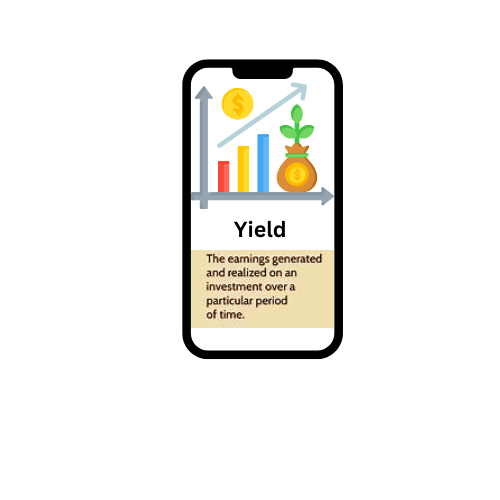Tax incidence (or incidence of tax) is a phrase used in economics to describe how the tax burden is distributed across various stakeholders, such as buyers and sellers, producers and consumers. The relationship between supply and demand price elasticity and tax incidence is also possible. The tax burden is placed on the purchasers when supply is more elastic than demand. The cost of the tax will be borne by the producers if demand is more elastic than supply.
The allocation of the tax liabilities that the buyer and seller are responsible for paying is shown by the tax incidence. The degree to which each party contributes to meeting the obligation varies depending on the product or service in question’s associated price elasticity as well as how the product or service is currently impacted by supply and demand.
The tax incidence tells who will bear the cost of a new tax: consumers or producers. For instance, prescription medicine demand is comparatively inelastic. Its market will mostly remain unchanged despite cost increases.
Another illustration is the largely inelastic demand for cigarettes. Producers raise the sale price by the full amount of the tax when governments impose cigarette taxes, passing the cost of the tax onto consumers. Analysis reveals that the price of cigarettes has little impact on consumer demand. Of course, this hypothesis has its limitations. Consumer demand would decrease if the price of a pack of smokes suddenly raised from $5 to $1,000.
The majority of the burden would likely shift to the producer if additional taxes were imposed on an elastic good like fine jewellery since the demand for the connected products could be significantly impacted by a price increase. Elastic products are those that have near replacements or are extraneous.







